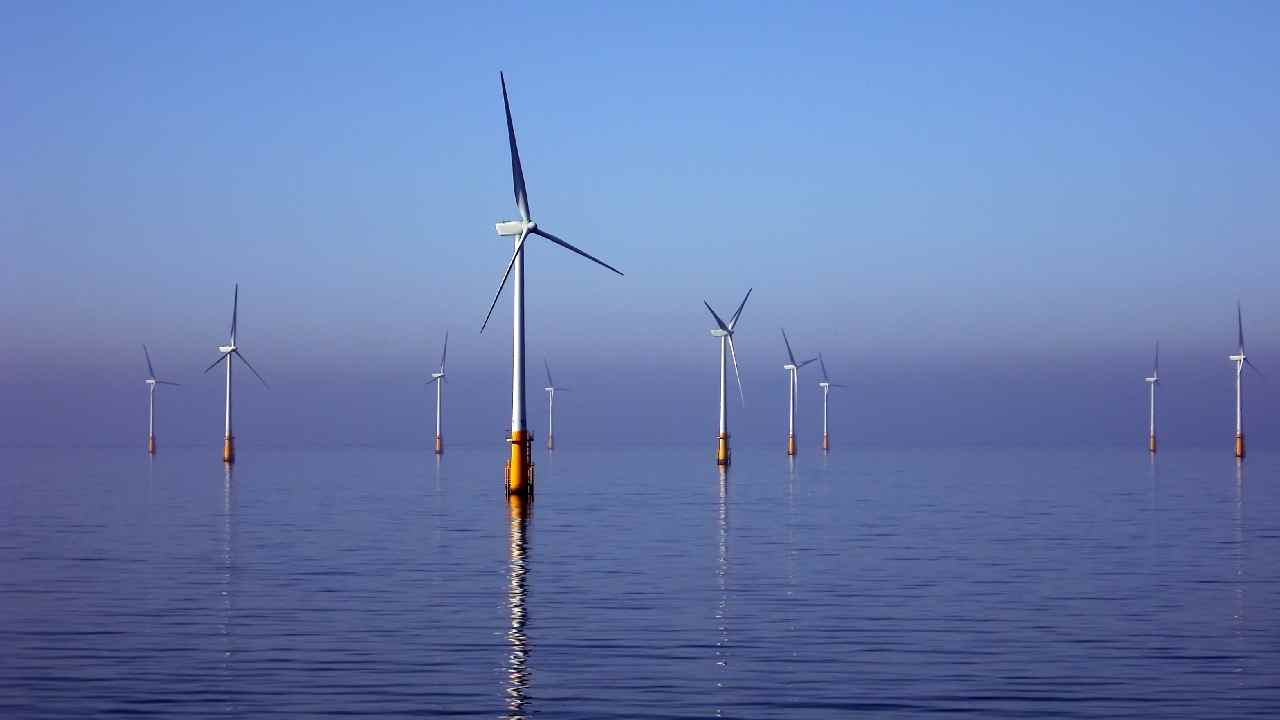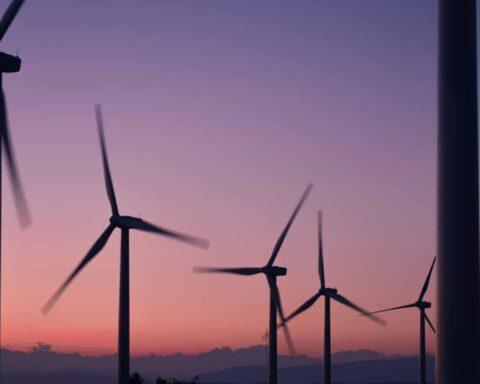As part of India’s energy transformation, the union government is discussing plans to launch a tender to install 3-4 gigawatts of offshore wind power.
According to a Mint report, several sites in Tamil Nadu and Gujarat have been identified for offshore wind development.
“The government has set a target of 5 GW by the end of this year and will start tenders for 3-4 GW for offshore wind initially. Talks are on,” said an official.
Despite having a coastline of 7,600 km, India has no offshore power projects, prompting the government to focus on this stretch to move away from thermal power.
The Ministry of New and Renewable Energy has set an offshore wind installation target of 5 GW by 2022 and 30 GW by 2030, which was released to give confidence to project developers in the country.
In April, Union Minister for New and Renewable Energy RK Singh said the government would soon launch a tender for 2 gigawatts of offshore wind power. “Our journey is incomplete without offshore wind power. We will bid for 1,000 MW in Gujarat and 1,000 MW in Tamil Nadu,” he said.
The government’s focus on renewable energy has increased following Prime Minister Narendra Modi’s commitment to COP-26 to achieve net zero carbon emissions by 2070.
With an vast coastline, India has great potential for harnessing offshore wind power. The wind resource assessment of the National Institute of Wind Energy (NIWE) shows a potential of 302 GW per 100 meters and 695.50 GW at 120 metres of hub height. Of the total projected potential, more than 95 percent of commercially exploitable air resources are concentrated in seven states: Andhra Pradesh, Gujarat, Karnataka, Madhya Pradesh, Maharashtra, Rajasthan and Tamil Nadu.
According to the Centre, offshore wind power provides a reasonable alternative in such situations. With no obstruction in the sea, the quality of the wind is better and it is converted into electrical energy. Offshore wind turbines are much larger in size (in the range of 5 to 10 MW per turbine) than 2-3 MW of an onshore wind turbine.





























